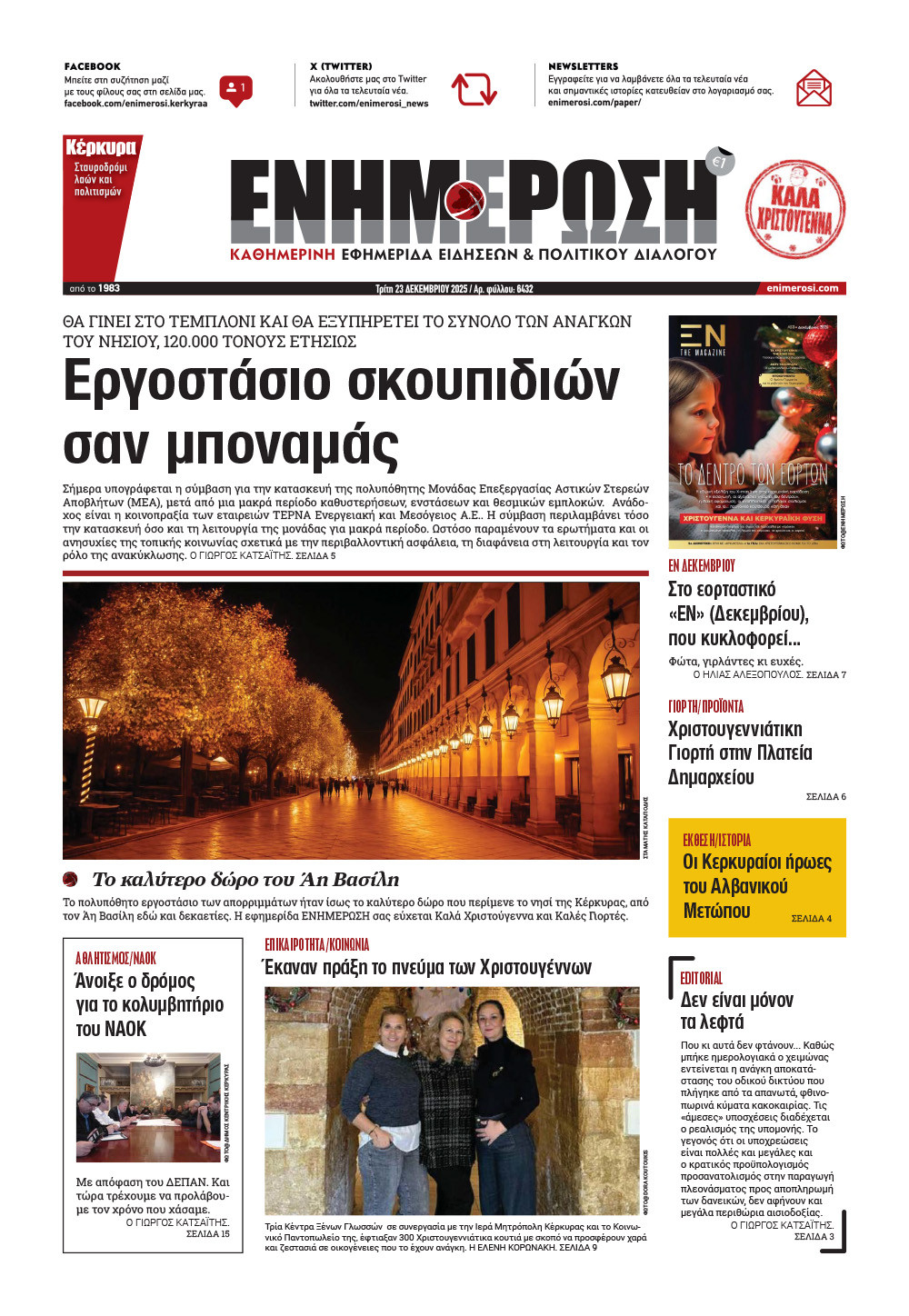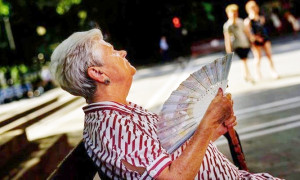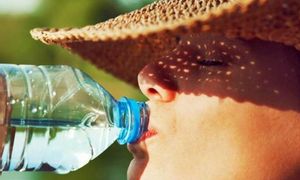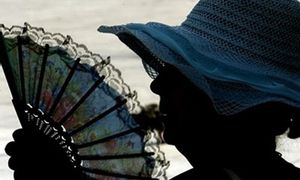Heatwave precautions - WHO and NPHO guidelines
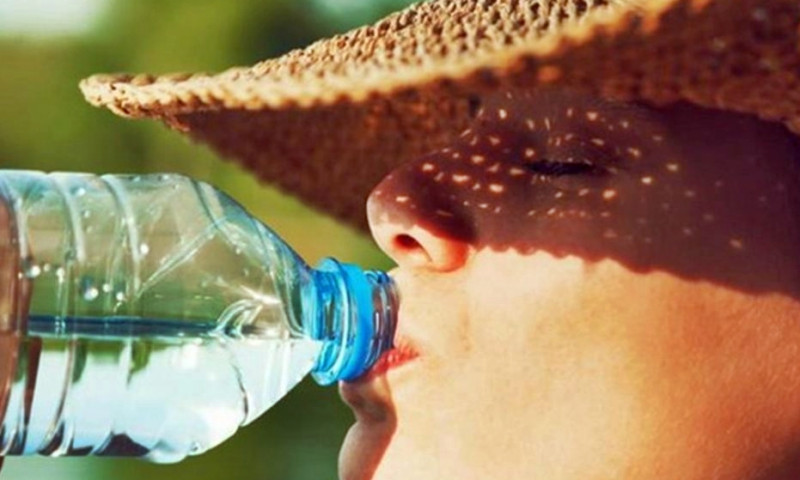
The National Public Health Organisation announcement warns members of the public to protect themselves during high temperatures.
According to the recent evaluations of the Hellenic National Meteorological Service, in the June-July-August quarter, average temperatures may reach up to 2 degrees Celsius above the seasonal norm. This could mean either that daily, throughout the quarter, temperatures will be consistently 1-2 degrees above normal or, more naturally, that heat waves will alternate with periods of normal and/or lower temperatures.
The National Public Health Organisation (NPHO) warns members of the public to protect themselves during high temperatures. High risk groups include infants, children, elderly people, pregnant and breastfeeding women, people suffering from chronic diseases like cardiovascular diseases, hypertension, diabetes mellitus, pulmonary diseases/respiratory problems, kidney diseases, liver diseases, mental illness, dementia, severe neurological diseases and may be taking medication for these diseases, in which case they should consult their doctor for possible dosage modification. High risk groups also include people who are obese/overweight, but also those who work in hot/outdoor environments, those who exercise intensively, those who consume alcohol or drugs, and those who have an acute illness (e.g. fever infection or gastroenteritis).
General guidlines of NPHO and WHO:
• Drink water regularly and avoid coffee and alcohol
• Eat small, light meals without too much fat, with emphasis on fruits and vegetables
• If you are a person who sweats intensively, you can add some salt to your meals
• Avoid using the kitchen or the oven, to keep your house cool
• Close windows and the curtains/shutters during the hottest hours of the day and open windows during night hours
• Spend 2-3 hours during the day in a cool place
• Use electric fans only when temperatures are below 40 degrees. In temperatures above 40 degrees, fans will heat the body
• If you use air conditioning, set the thermostat to 27 degrees and turn on an electric fan – this will make the room feel 4 degrees cooler. It also can save up to 70% on your electricity bill for cooling
• Take lukewarm showers and put cool compresses on your head and neck
• Dress in light, comfortable and light-coloured clothing
• Put on sunscreen with an adequate protection factor 30 minutes before exposure to the sun
• Wear a wide-brimmed hat and black or dark-coloured sunglasses
• Avoid exposure to the sun, prefer shady and cool (and preferably air-conditioned) uncrowded places
• Avoid heavy physical work
• Limit travelling and avoid outdoor activities at times of high temperatures. If this is not possible, rest periodically in shady places to allow the body to recover. Remember that temperatures under the sun can be 10-15 degrees higher
• Reduce exercise during the heat. If physical exertion in the heat causes panting and palpitations, stop all physical activity
It is important that the guidelines above be implemented by everyone, and particular attention should be paid to the care and protection of high-risk groups.
In a press release, the Ministry of Health presents the symptoms of heatstroke and some guidelines for its treatment. Heatstroke syndrome is manifested by a sudden increase in body temperature (above 40.5 degrees Celsius), red, hot, and dry skin (the person is no longer sweating), dry swollen tongue, palpitations, tachypnea, intense thirst, headache, nausea, dizziness, confusion, disorientation and inability to speak clearly, aggressive or strange behaviour, convulsion, loss of consciousness or coma.
In the event of heatstroke incidence, you should arrange for the immediate transfer of the person to a hospital, however, as first aid until the ambulance arrives you can follow these steps to lower the body temperature:
Move the person immediately to a cool, airy, shady and preferably air-conditioned place, remove clothing and place ice packs or cold compresses on the person’s neck, armpits and groin area (low on the abdomen). Alternatively, take the person to a cold water bath/shower or spray with cold water, and if the person can swallow, give small sips of cool liquids (e.g. water or diluted fruit juice, 1 part juice to 4 parts water).
Sources:



